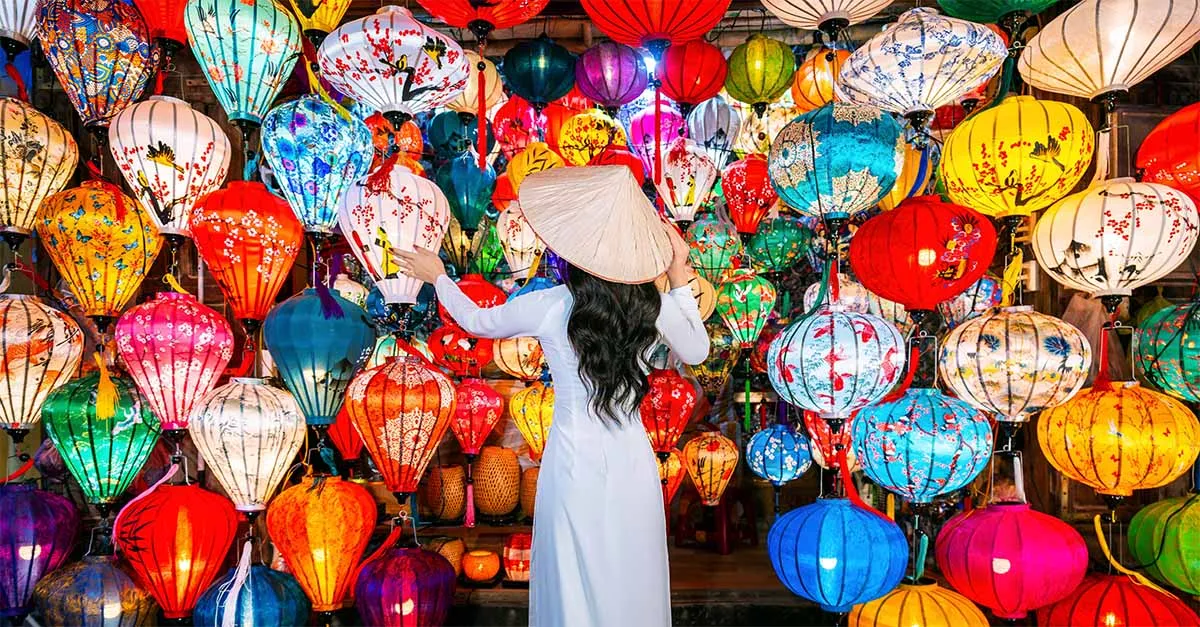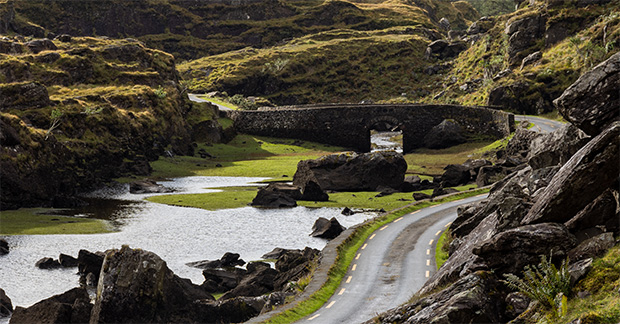Fukui: the peaceful Japanese prefecture about to get a new bullet train
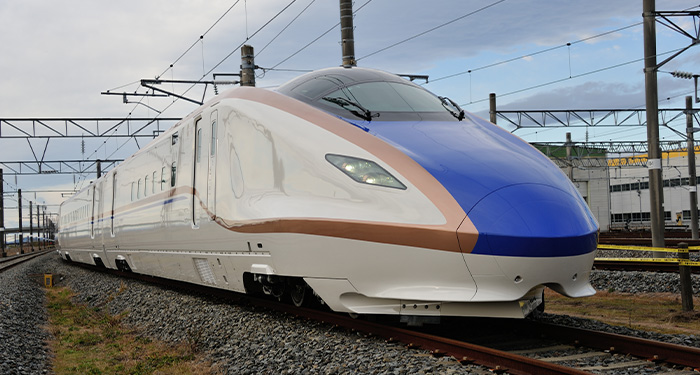
An extended bullet train line in western Japan is opening up a lesser-visited area of the country to tourists, discovers Jacob Lewis
Click here to download and save as a PDF
In the snow-capped mountains of Japan’s Fukui prefecture, Takahashi Genpou, chief priest of Daianzenji Temple, guides me through my first encounter with Zen Buddhist meditation. He compares the mind to a cluttered room, explaining that “organising our thoughts brings us closer to what is most important within ourselves”. Seated in the seventh-century sanctuary’s tatami (mat) room, I try to clear my mind.
Next, Takahashi-san eases me into shakyo, the meditative art of sutra (scripture) copying. My attempt resembles the aimless trails of a bewildered snail. However, he graciously praises my efforts and vows to offer them in prayer, along with my handwritten hopes for onward safe travels.
Fukui’s Zen retreats are usually far removed from Japan’s typical tourist sites, as until now, the region has been a five-hour rail journey from Tokyo.
But that’s all set to change: on March 16, the first bullet trains, known in Japanese as shinkansen, will race through this under-the-radar prefecture. The 85-mile extension to the Hokuriku Shinkansen line will cut the journey time between Tokyo and Tsuruga, in Fukui, by up to an hour.
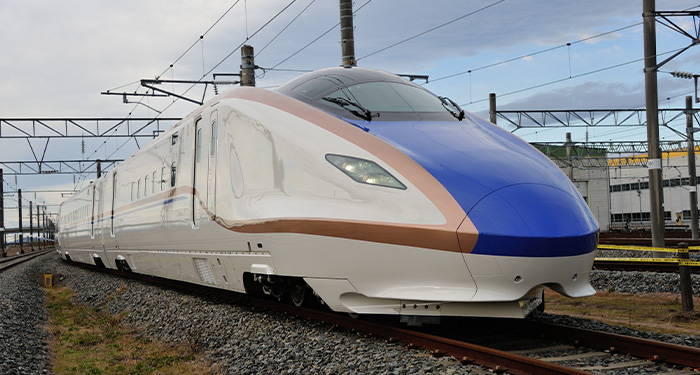
Hokuriku Shinkansen bullet train
Tsuruga
To coincide with the opening, InsideJapan Tours has launched a 15-night Hidden Zen self-guided tour. Highlights include travelling on a bullet train through Fukui and neighbouring Ishikawa prefecture, Zen meditation and a stay in a farmhouse.
Ahead of the launch, I followed the line extension from the new terminus through rural Fukui. Known for its seafood and rugged coastline, Tsuruga was a source of ocean bounty for Kyoto’s royal court and became a busy international port in 1916, serving as Japan’s link to Europe via the Trans-Siberian railway.
Today, it draws few tourists, save in summer when sun-seekers flock to its pine-fringed beaches and those at nearby Mizushima island, dubbed the ‘Hawaii of Hokuriku’.
The shinkansen’s arrival has fuelled development. In the old town, a renovated ‘Museum Street’ – home to wooden buildings that survived the Second World War – houses restaurants, cafes and shops along newly laid cobblestone streets.
The Kami-Warabe Washi Paper Doll Museum offers insights into traditional paper straw modelling and origami, while the nearby Kitotenowa Cafe, a pharmacy-turned-eatery, retains its medicine cabinets and landscaped garden.
At Nihonkai Sakanamachi, the Sea of Japan’s largest seafood market, more than 50 vendors sell everything from the daily catch to green-tea ice cream, but the speciality is rice bowls crowned with generous sashimi. Nearby, I savoured the sweet winter delicacy of snow crab at Kaisen Minatoya, a canteen set among warehouses in the heart of the working port.
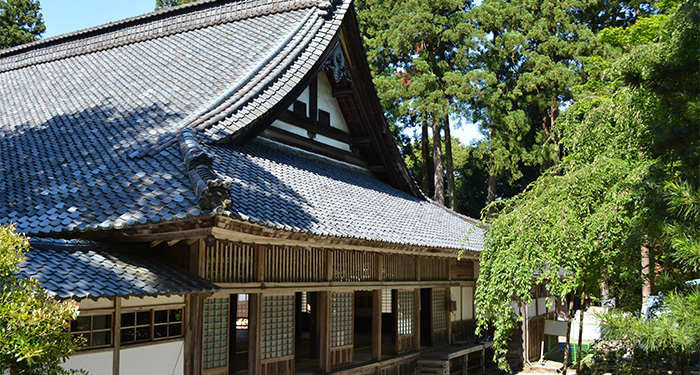
Daian-zenji temple
Traditional Japanese activities
From Tsuruga, the bullet train will reach the next new station, Ichizen Takefu, in 36 minutes. This stop will serve an area renowned for its artisans, who excel not only at preserving traditional crafts but also enthusing visitors about them. Workshops and studios, known as ‘villages’, invite guests to try local crafts, while there are also excellent cafes and souvenir gift shops.
Visitors can perfect their whetstone sharpening skills at Takefu Knife Village, while in Echizen, they can learn about ancient paper-making at Washi Village or enjoy an intimate clay-working experience at Pottery Village. Foodies, meanwhile, can grind buckwheat flour to prepare soba noodles at Soba Village.
My next stop is the prefectural capital of Fukui City, an important centre for Zen Buddhism. Regular bus routes and local trains run from the city to temples secreted in the surrounding mountains.
Just outside the city lies Daianzenji Temple, where I had my introductory encounter with Zen. Its day retreats offer zazen meditation, sutra tracing, kirie (paper cutting), and shojin ryori, a plant-based Buddhist meal. InsideJapan’s new itinerary includes an overnight stay at the temple.
The spa town of Awara Onsen, Fukui’s fourth and final new bullet-train station, offers clients a soothing send-off. For day-trippers, Saintpia Awara, a day onsen a short walk from the station, is a relaxed introduction to the Japanese custom of communal nude bathing.
InsideJapan’s tour takes in nearby Kaga Onsen, which has been a hotspot for bathing since the eighth century. While submerged in the hot spring waters, bathers can leave an egg to slow-boil in a separate tub which, it is claimed, can tell a couple’s romantic fate.
Despite healing waters and soothing meditation, Zen’s calm eludes me on my journey back to Tokyo. Instead, my mind fizzes with the vibrant cultural experiences, culinary delights and artistic encounters that await travellers to this unique region.
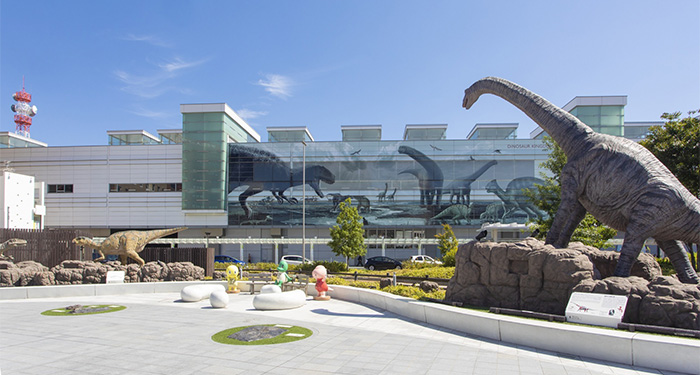
Dinosaur sculptures outside JR Fukui Station
Ask the experts

Kate Samuel, senior Japan tailor-made product manager, InsideJapan
“With Japan being so popular, travelling with a specialist who knows the country well can get customers to off-radar destinations, offering plenty of what makes Japan such a special place but without the crowds. The new Hokuriku line makes some of these incredible places and experiences even more accessible.”
Roarsome family fun
With 80% of the country’s dinosaur fossils found here, Fukui is Japan’s prehistoric playground and visitors can learn more at the Fukui Prefectural Dinosaur Museum, housed in a striking dome-shaped building in Katsuyama.
A 52-minute train ride from Fukui, it features life-sized moving diorama and tours of active dig sites. Family groups will love the dino-themed rooms at Katsuyama New Hotel, featuring giant dinosaur feet sofas and treehouse-style lofts.
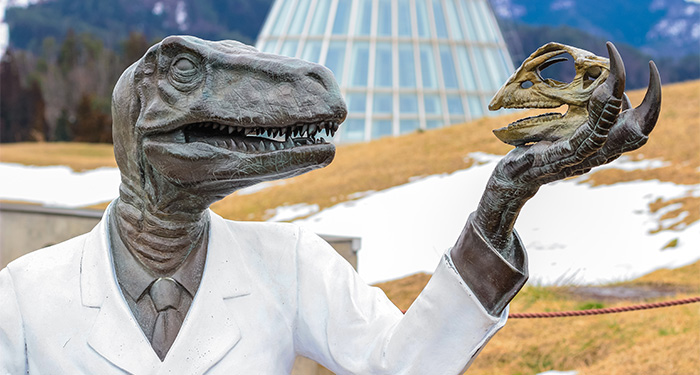
Book it
InsideJapan Tours’ self-guided Hidden Zen cultural adventure starts at £6,025, including 14 nights’ B&B accommodation, transfers, some meals, private guiding and cultural experiences. Departure dates are available throughout the year.
insidejapantours.com
PICTURES: F Yoshikawa; Fukui City Tourist Board; JNTO; JR East Railway Company; Shutterstock/Akkharat Jarusilawong
Read more
What do carbon labels really mean for travel?
There’s a tour to suit every type of solo traveller
A guide to Tokyo’s most exciting neighbourhoods
You have viewed both of your 2 free articles this month as an unregistered user
To continue reading, please register with Travel Weekly free of charge, or if you have already registered click here to login


